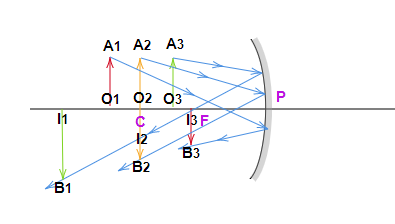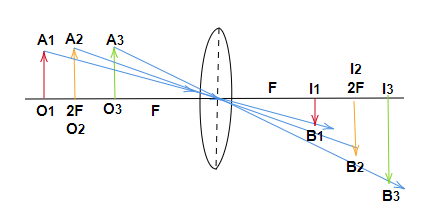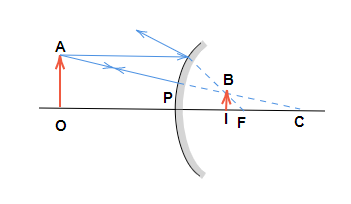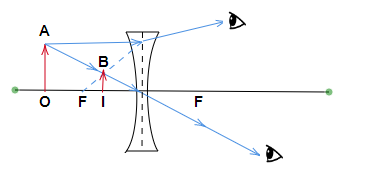
How do you tell if an image is upright or inverted?
Answer
217.8k+ views
Hint: The images formed by spherical surfaces can be of two types, that is real and inverted or virtual and erect. The images formed by the converging of light rays from an object form real and inverted images. Similarly, the image which is formed by the diverging light rays from the object will be virtual and erect.
Complete answer:
* If the image is real in the case of mirrors, it will always be inverted. Also in case of mirrors if the image distance is negative hence the image is inverted. These images will form on the same side of the mirror.
* If the image is real in the case of lenses, it will always be inverted. Also in case of lenses if the image distance is positive hence the image is inverted. These images will form on the opposite side of the lens.


* If the image is virtual in the case of mirrors, it will always be upright. Also in case of mirrors if the image distance is positive hence the image is upright. These images will form on the opposite side of the mirror.
* If the image is virtual in the case of lenses, it will always be upright. Also in case of lenses if the image distance is negative hence the image is upright. These images will form on the same side of the lens.


Note: The image formed by the convex mirror and concave lens will always be virtual and erect wherever the object is placed between \[\infty\] and P. The concave mirror and convex lens will form real and inverted images with varying sizes according to the object distance (u) and they can also form virtual images
Complete answer:
* If the image is real in the case of mirrors, it will always be inverted. Also in case of mirrors if the image distance is negative hence the image is inverted. These images will form on the same side of the mirror.
* If the image is real in the case of lenses, it will always be inverted. Also in case of lenses if the image distance is positive hence the image is inverted. These images will form on the opposite side of the lens.


* If the image is virtual in the case of mirrors, it will always be upright. Also in case of mirrors if the image distance is positive hence the image is upright. These images will form on the opposite side of the mirror.
* If the image is virtual in the case of lenses, it will always be upright. Also in case of lenses if the image distance is negative hence the image is upright. These images will form on the same side of the lens.


Note: The image formed by the convex mirror and concave lens will always be virtual and erect wherever the object is placed between \[\infty\] and P. The concave mirror and convex lens will form real and inverted images with varying sizes according to the object distance (u) and they can also form virtual images
Recently Updated Pages
Elastic Collision in Two Dimensions Explained Simply

Elastic Collisions in One Dimension Explained

Electric Field of Infinite Line Charge and Cylinders Explained

Electric Flux and Area Vector Explained Simply

Electric Field of a Charged Spherical Shell Explained

Electricity and Magnetism Explained: Key Concepts & Applications

Trending doubts
JEE Main 2026: Application Form Open, Exam Dates, Syllabus, Eligibility & Question Papers

Derivation of Equation of Trajectory Explained for Students

Hybridisation in Chemistry – Concept, Types & Applications

Understanding the Angle of Deviation in a Prism

Understanding Collisions: Types and Examples for Students

How to Convert a Galvanometer into an Ammeter or Voltmeter

Other Pages
JEE Advanced Marks vs Ranks 2025: Understanding Category-wise Qualifying Marks and Previous Year Cut-offs

Understanding Atomic Structure for Beginners

Ideal and Non-Ideal Solutions Explained for Class 12 Chemistry

Degree of Dissociation: Meaning, Formula, Calculation & Uses

Understanding Electromagnetic Waves and Their Importance

Understanding the Electric Field of a Uniformly Charged Ring




